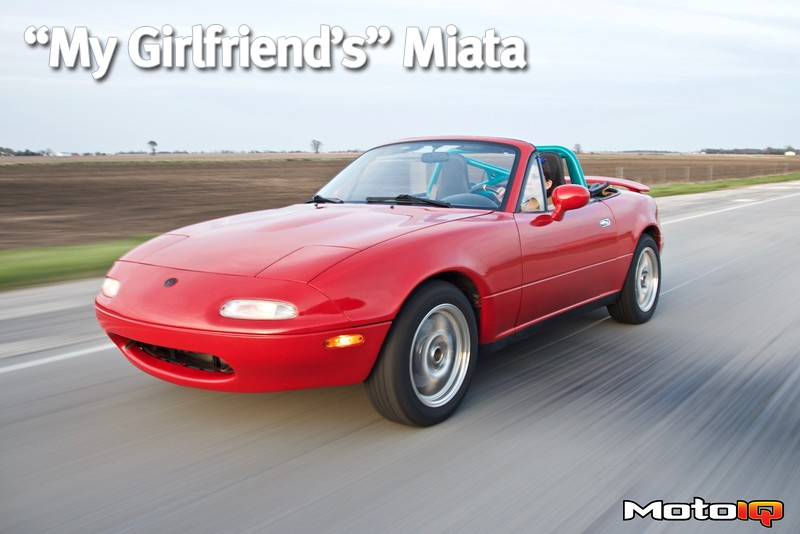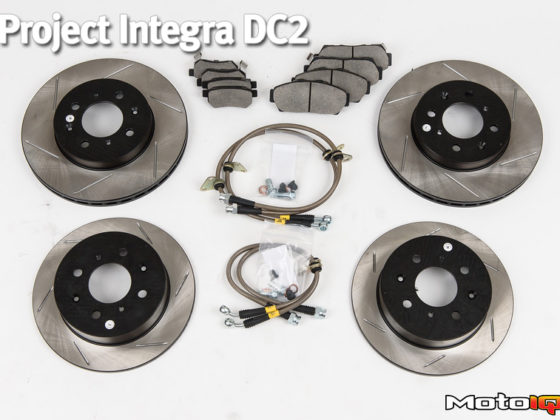,
 Here's the OEM brake line block that is replaced by the brass fitting shown earlier. A flare wrench here is critical, just like the front, to ensure no damage happens to the hard lines.
Here's the OEM brake line block that is replaced by the brass fitting shown earlier. A flare wrench here is critical, just like the front, to ensure no damage happens to the hard lines. Here's the brass block installed, after a few hundred miles of rain and snow, also known as springtime in the Midwest.
Here's the brass block installed, after a few hundred miles of rain and snow, also known as springtime in the Midwest. And the stainless steel line's banjo bolt fitting attached to the OEM caliper.
And the stainless steel line's banjo bolt fitting attached to the OEM caliper. With the job nearly complete, let's look at the weight of the rear rotors.
With the job nearly complete, let's look at the weight of the rear rotors. 1.12 pounds are gained, but again, that's the price you pay for having a nearly 2″ larger rotor that can handle substantially more abuse on both the street and track.
1.12 pounds are gained, but again, that's the price you pay for having a nearly 2″ larger rotor that can handle substantially more abuse on both the street and track.With everything installed, all that remains is bleeding the brakes. So how does it perform on the street? Completely perfectly. There's no noise, just like factory brakes. The pedal feels firm and confidence inspiring. I can't describe how excited I was to have the brakes work just like normal, only with better feel and with increased stopping performance. In fact, the brakes that were on the car squeaked from time to time, despite having plenty of pad material left, so the brake upgrade actually made the car more streetable. How does it perform on the track though? You'll just have to stay tuned for an upcoming article.
Sources



